Apple released iOS 26.1 Beta 3 today, introducing several noteworthy refinements that signal the company's evolving approach to both its services ecosystem and professional content creation workflows. While this beta cycle may not headline major feature additions, the changes reveal interesting strategic decisions worth examining.
Apple TV Gets a Colorful Identity Refresh

The most visible change in this beta is the redesigned Apple TV app icon, which accompanies Apple's broader rebranding effort of its streaming service from "Apple TV+" to simply "Apple TV." The new icon abandons the previous monochromatic gray aesthetic in favor of what Apple describes as "a vibrant new identity" featuring a splash of color.
This rebrand represents more than just visual polish. By consolidating the naming convention and introducing more vibrant design language, Apple appears to be positioning its streaming service for broader appeal and clearer market positioning. The distinction between Apple TV (the hardware), Apple TV+ (the service), and the Apple TV app has long been a source of user confusion, and this simplification suggests Apple is taking steps to clarify its entertainment ecosystem.
Enhanced Local Capture Functionality
For users invested in iOS 26's Local Capture feature—which enables direct audio recording with connected microphones—beta 3 brings meaningful new controls. The Settings app now includes a dedicated Local Capture section under General, offering two key capabilities:
First, users can now adjust gain levels when recording local audio, providing more granular control over input levels for professional or semi-professional recording workflows. Second, the update allows users to specify where Local Capture files are saved and toggle whether to record audio-only content.
These additions suggest Apple is continuing to refine iOS as a legitimate tool for content creators who need reliable, high-quality audio capture directly on their devices. While not revolutionary, these incremental improvements demonstrate Apple's commitment to expanding the iPhone's utility beyond consumer applications into more specialized use cases.
Third-Party AI Integration on the Horizon
Perhaps the most intriguing discovery in beta 3 comes from code analysis revealing that Apple is preparing to expand Apple Intelligence's third-party integrations beyond the currently supported ChatGPT. New language in the codebase replaces ChatGPT-specific references with more generic "third-party" terminology, suggesting imminent support for additional AI providers.
Apple had previously indicated plans to integrate Google's Gemini AI alongside other providers, and this code change implies that expansion may arrive sooner than anticipated. This approach aligns with Apple's historical preference for offering users choice while maintaining tight ecosystem integration—allowing third-party services while ensuring they operate within Apple's privacy and security frameworks.
The strategic implications here are worth considering. Rather than developing every AI capability in-house, Apple appears comfortable positioning itself as a platform that connects users with best-of-breed AI services. This pragmatic approach acknowledges that the AI landscape remains highly competitive and rapidly evolving, with different providers excelling in different domains.
Continued Smartwatch Development
Beta 3 also includes additional code suggesting ongoing work to support third-party smartwatches with iOS's Notification Forwarding feature. While details remain sparse, this development points to Apple potentially opening up certain iPhone capabilities to competing wearable devices—a notable shift for a company known for its tightly integrated ecosystem.
Looking Forward
iOS 26.1 Beta 3 represents the kind of iterative refinement that often goes underappreciated but ultimately defines the user experience. The Apple TV rebrand addresses real usability concerns, the Local Capture enhancements expand professional workflows, and the third-party AI groundwork sets the stage for a more flexible, user-centric approach to artificial intelligence integration.
As this beta cycle progresses toward public release, it will be interesting to see whether additional third-party AI providers officially launch alongside iOS 26.1, and how Apple balances its own AI development with this increasingly open approach to external services.
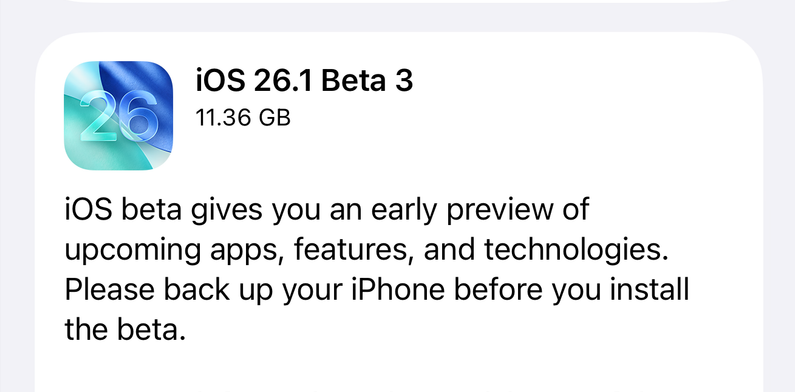


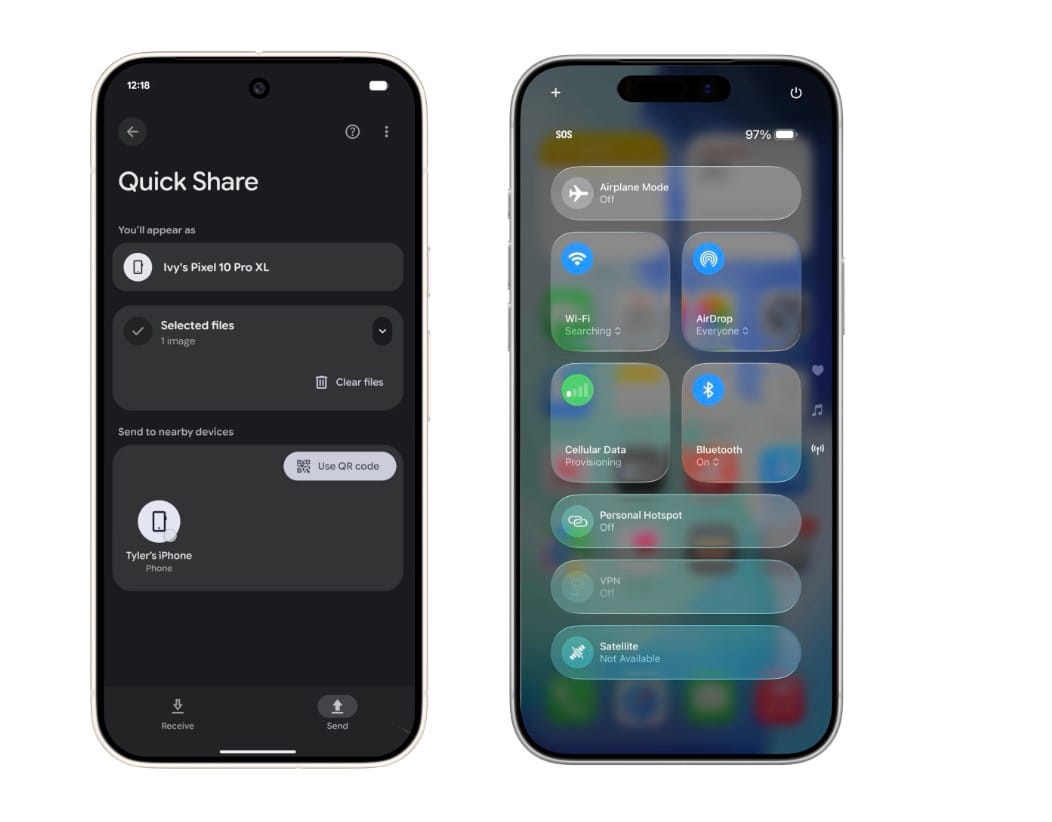
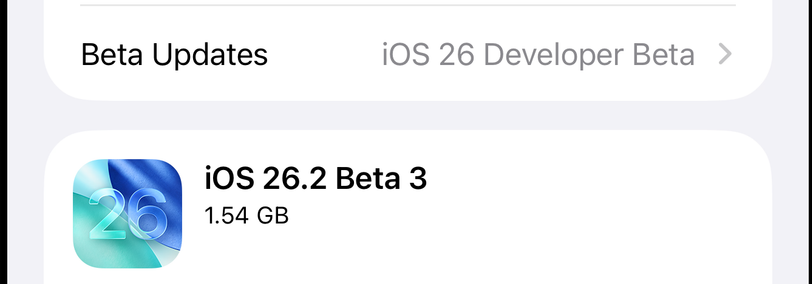




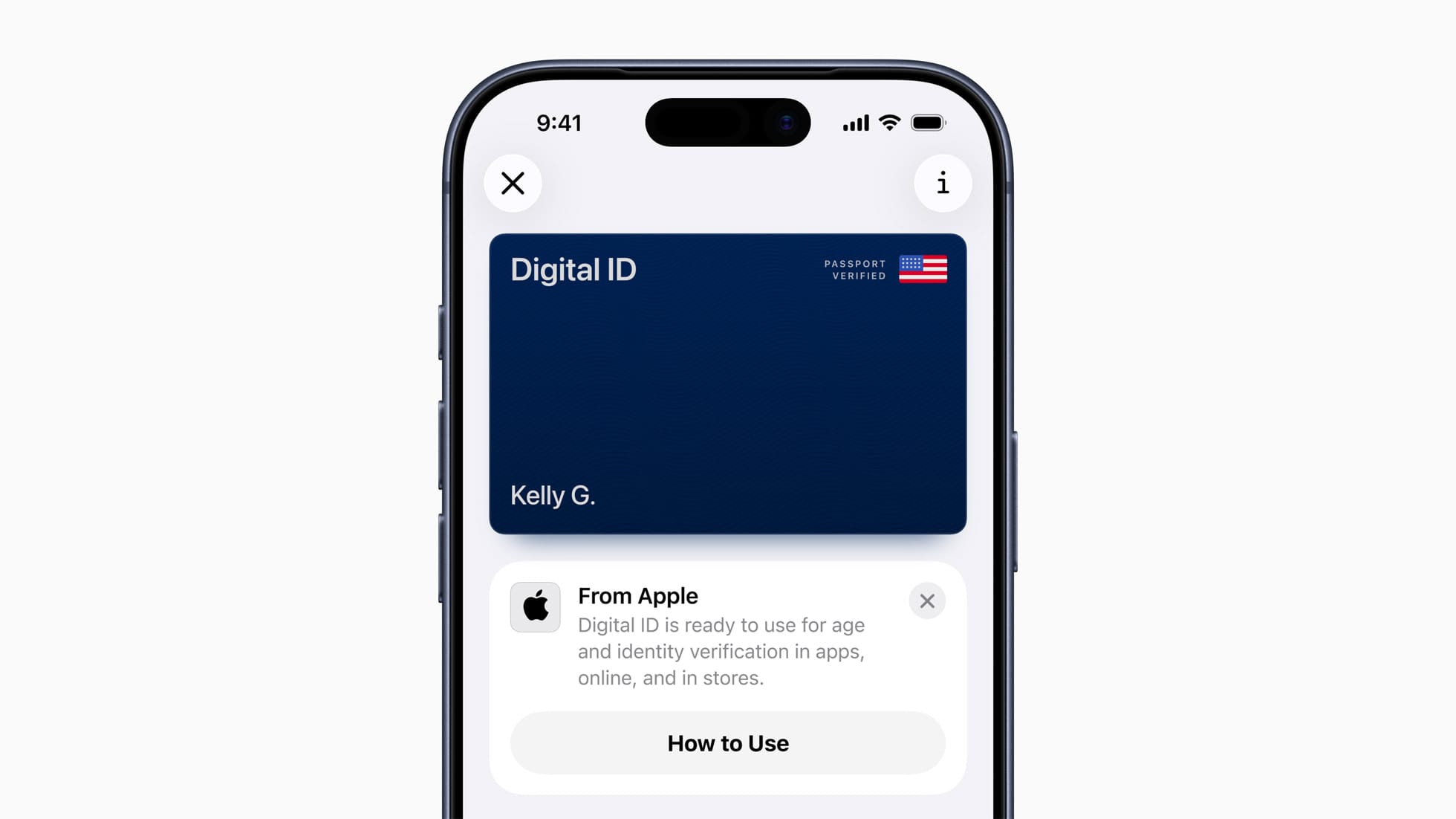
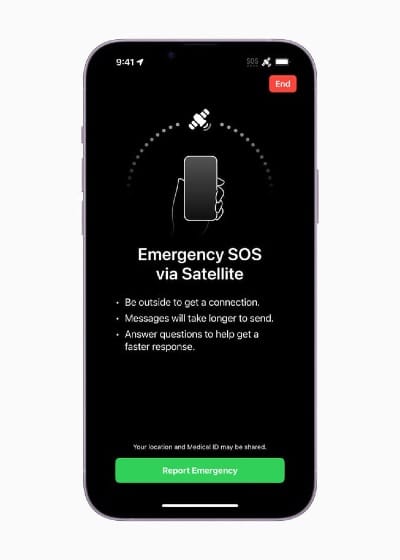
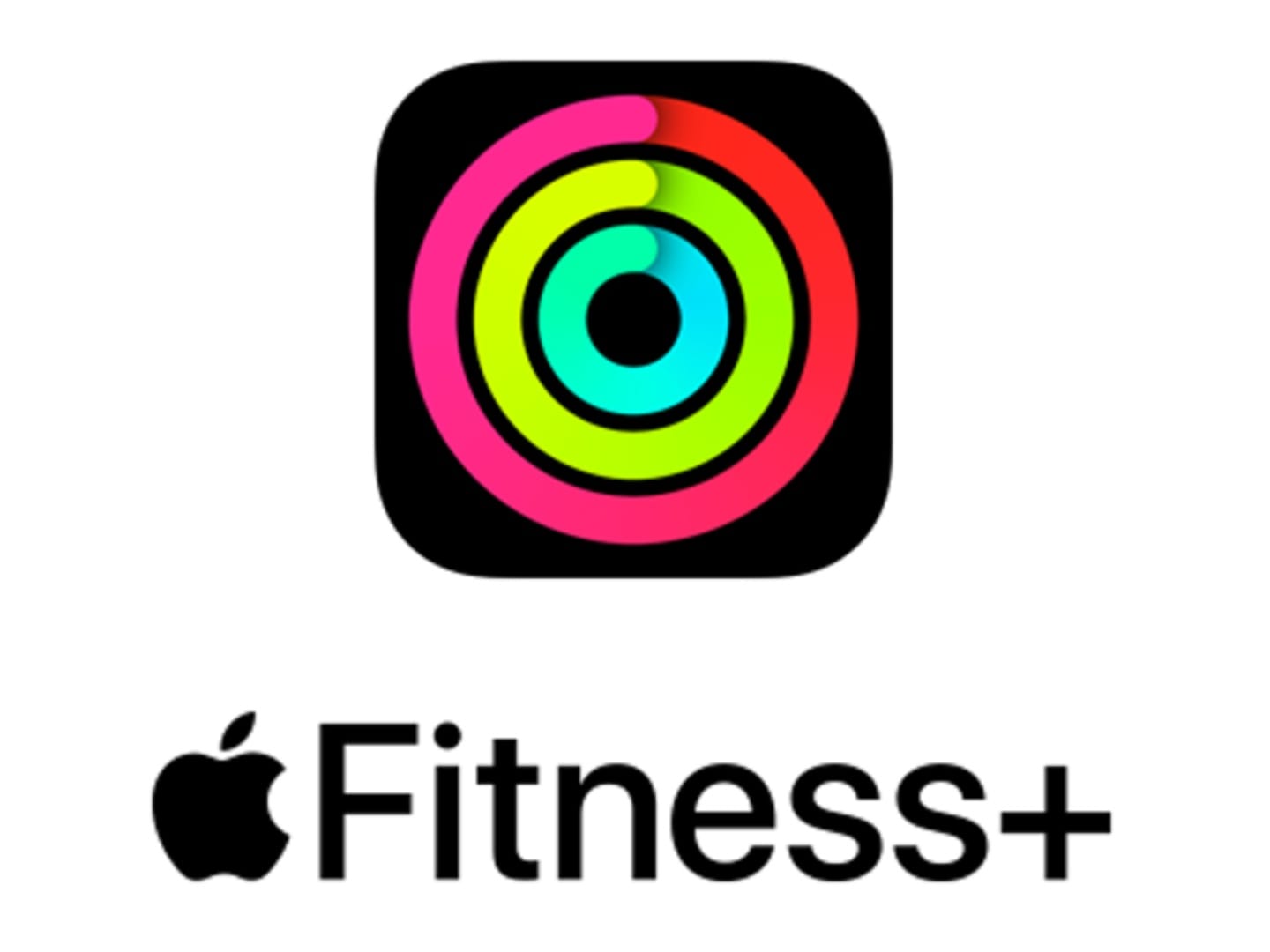
Discussion